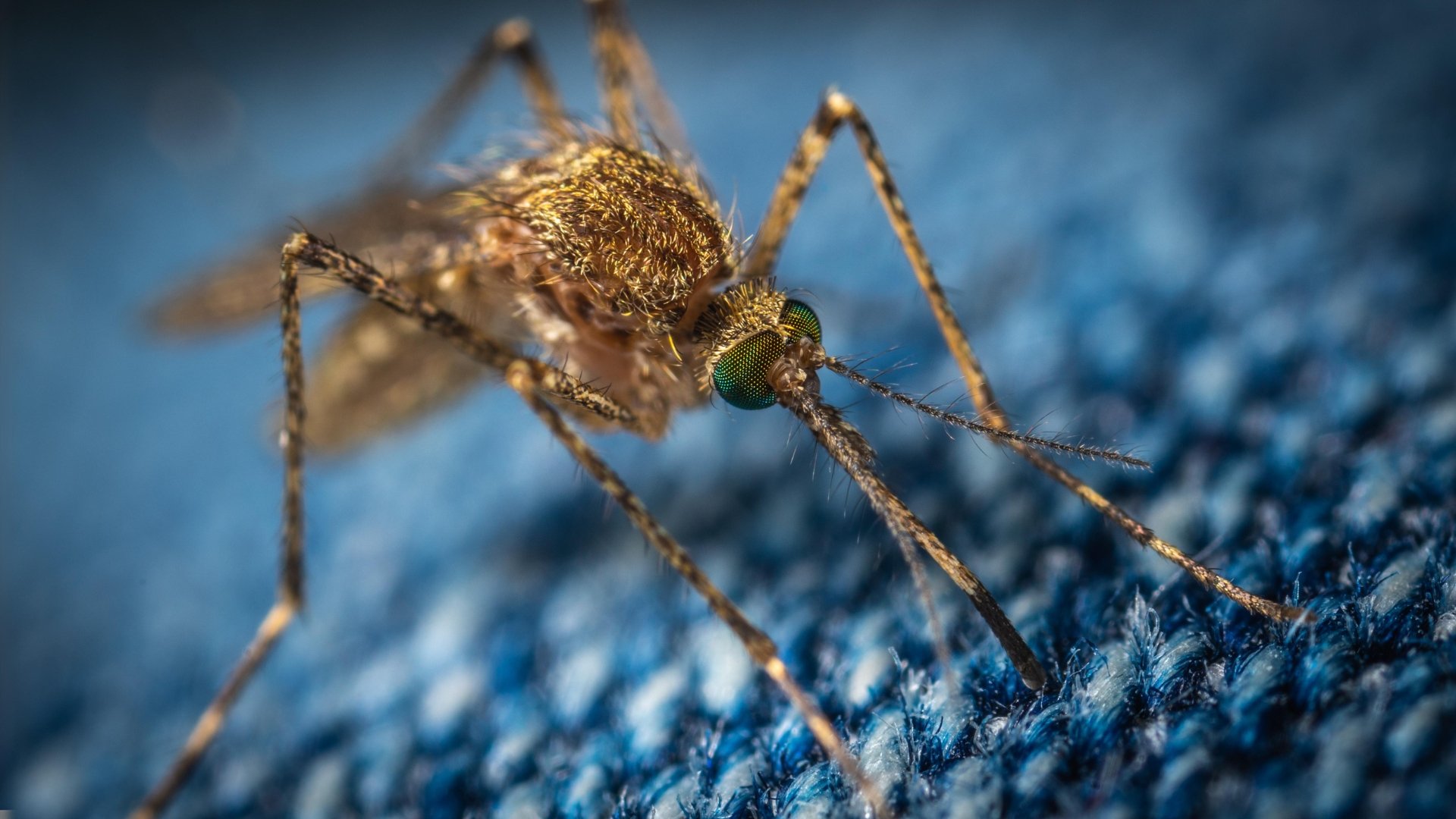
Introduction
Dengue fever, a viral infection transmitted by infected mosquitoes, has become a significant public health concern worldwide. Over the past two decades, its incidence has risen dramatically, affecting both endemic regions and new areas. In this article, we explore the key aspects of dengue fever, its transmission, symptoms, and prevention strategies.
The Global Situation
- Incidence Increase: Dengue fever cases have surged globally in the last 20 years.
- Unexpected Spread: Previously non-endemic areas now report dengue cases.
- Recent Statistics: In the first four months of 2024, over 5 million cases and 2,000 deaths were reported worldwide.
- Affected Regions: Asia, Central and South America, the Caribbean, and even Europe (due to favorable environmental conditions).
Understanding Dengue
- Viral Infection: Dengue is caused by four different types of viruses.
- Mosquito Vectors: Aedes aegypti and Aedes albopictus mosquitoes transmit the virus.
- Daytime Biting: These mosquitoes bite during early mornings and evenings.
- Habitat Range: They thrive in warm, humid environments near stagnant water (e.g., wells, water storage tanks, discarded containers).
- Climate Change Impact: Rising temperatures and extreme weather contribute to their spread.
Contributing Factors
- El Nino Phenomenon: Consequences of El Nino events in 2023 influenced dengue outbreaks.
- COVID-19 Pandemic: Fragile health systems and surveillance delays worsened outcomes.
- Global Risk Assessment: The World Health Organization considers the current risk high.
Symptoms and Management
- Symptomatic Cases: Only one in four cases show symptoms.
- Mild Presentation: Dengue typically presents as a mild infection with flu-like symptoms.
- Duration: Symptoms appear 5-8 days after infection and usually resolve within a week.
- Severe Cases: In rare instances (5%), severe dengue can develop, leading to a mortality rate of 5% (if treated) or 15% (if untreated).
Recognizing Dengue Symptoms
- High temperature, shivering
- Severe headache
- Pain behind the eyes
- Muscle and joint pain
- Nausea or vomiting
- Widespread red rash
- Tummy pain and loss of appetite
Prevention Measures
1. Mosquito Control
- Eliminate Breeding Sites: Regularly check and remove stagnant water sources where mosquitoes breed. These include containers, old tires, and water storage tanks.
- Use Insect Repellents: Apply mosquito repellents containing DEET or picaridin to exposed skin.
- Protective Clothing: Wear long sleeves, pants, and socks to minimize skin exposure.
- Bed Nets: Use bed nets treated with insecticides to prevent nighttime mosquito bites.
2. Environmental Awareness
- Climate Change Impact: As temperatures rise, mosquitoes’ habitat range expands. Be aware of this risk, especially in warm and humid environments.
- Extreme Weather Events: Dengue outbreaks can be exacerbated by heavy rainfall and flooding, which create more breeding sites.
3. Hydration and Rest
- Fluid Intake: Drink plenty of fluids to prevent dehydration. Opt for bottled water, especially in areas with uncertain tap water quality.
- Rest: Allow your body to recover. Dengue symptoms can be exhausting, but rest is essential for a quicker recovery.
4. Medication
- No Vaccination: No specific vaccine exists for dengue.
- Avoid Aspirin/Ibuprofen: These can cause bleeding problems in dengue patients.
Remember, early detection and proper management are crucial. If you experience dengue symptoms, seek medical advice promptly. Most cases can be managed at home, but severe cases require immediate medical attention. Stay informed and take preventive measures to protect yourself and your community.



![The Solomon Trader [2025] EWCA Civ 1387: The ‘pay to be paid’ rule affirmed in the Court of Appeal](/fileadmin/uploads/ukpandi/News_Images/AdobeStock_104743067.jpeg)
